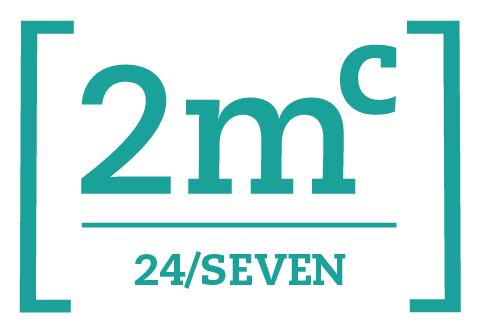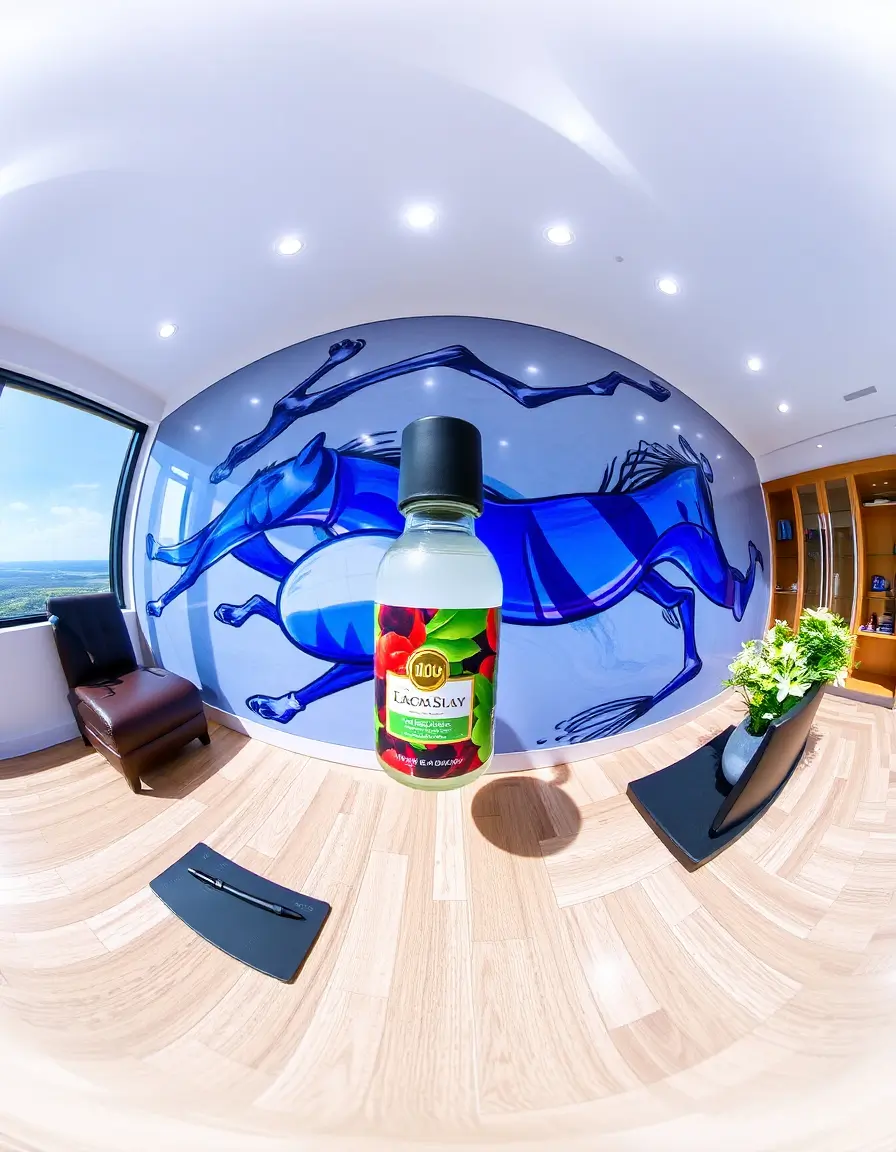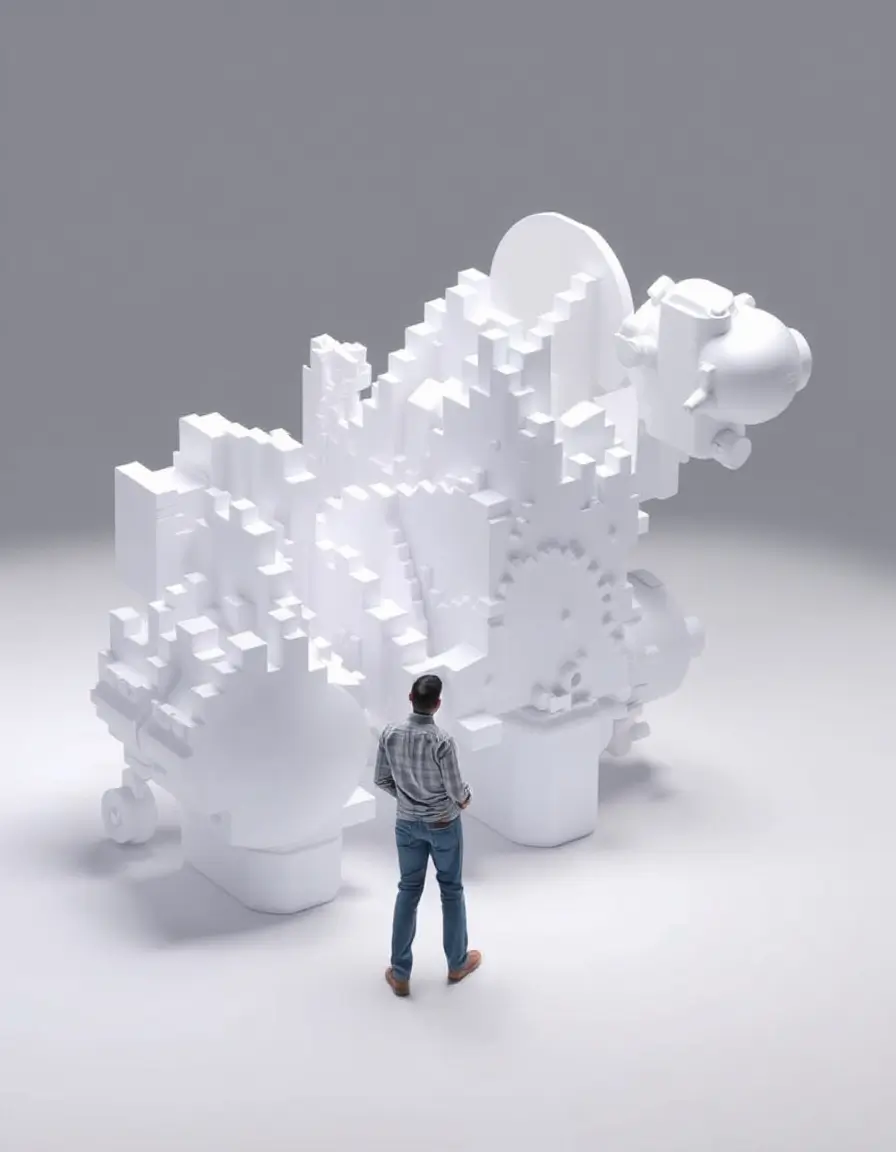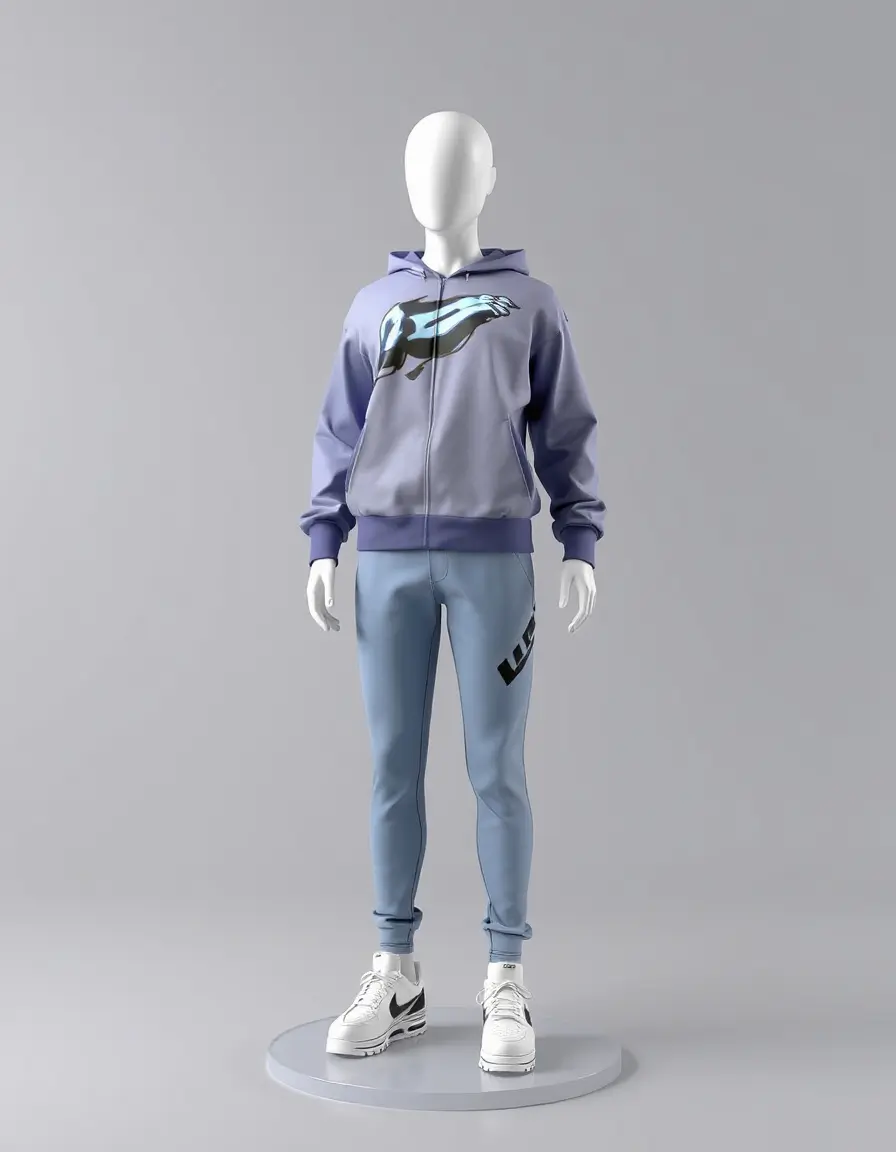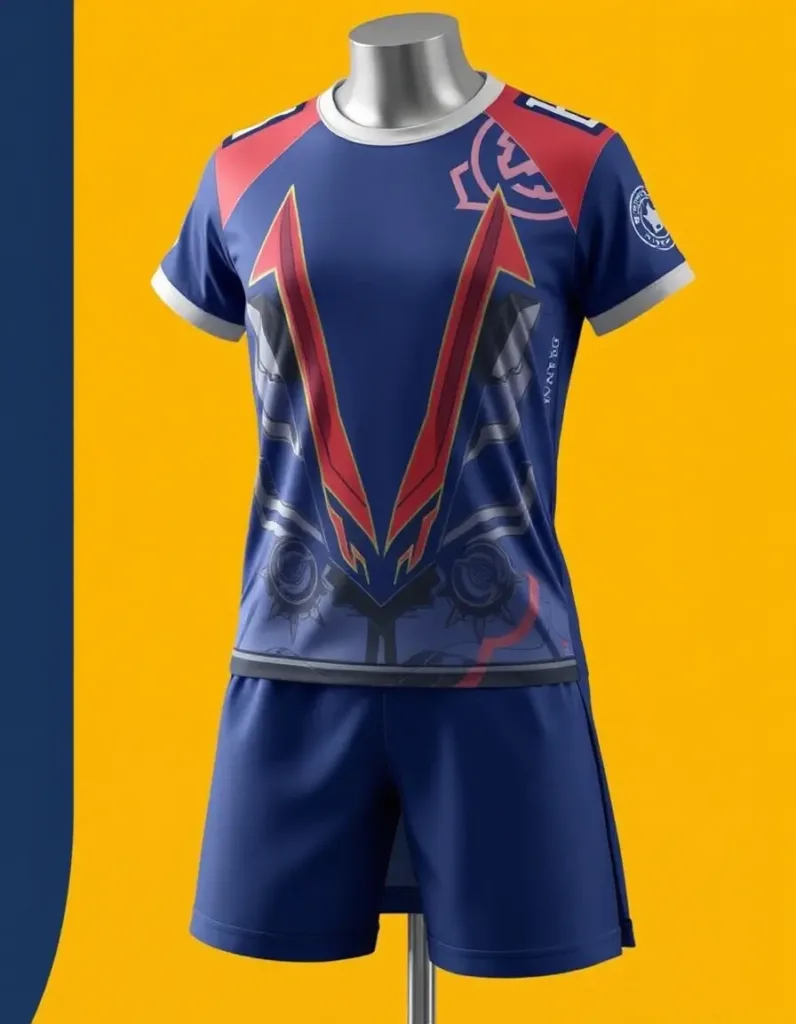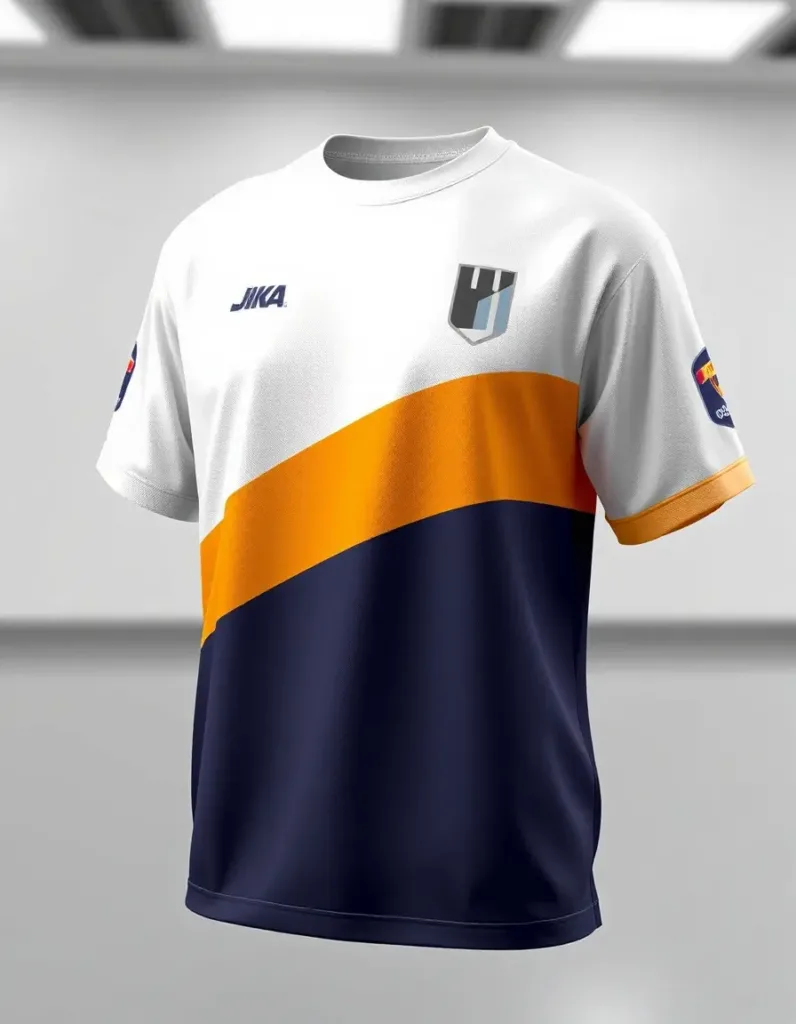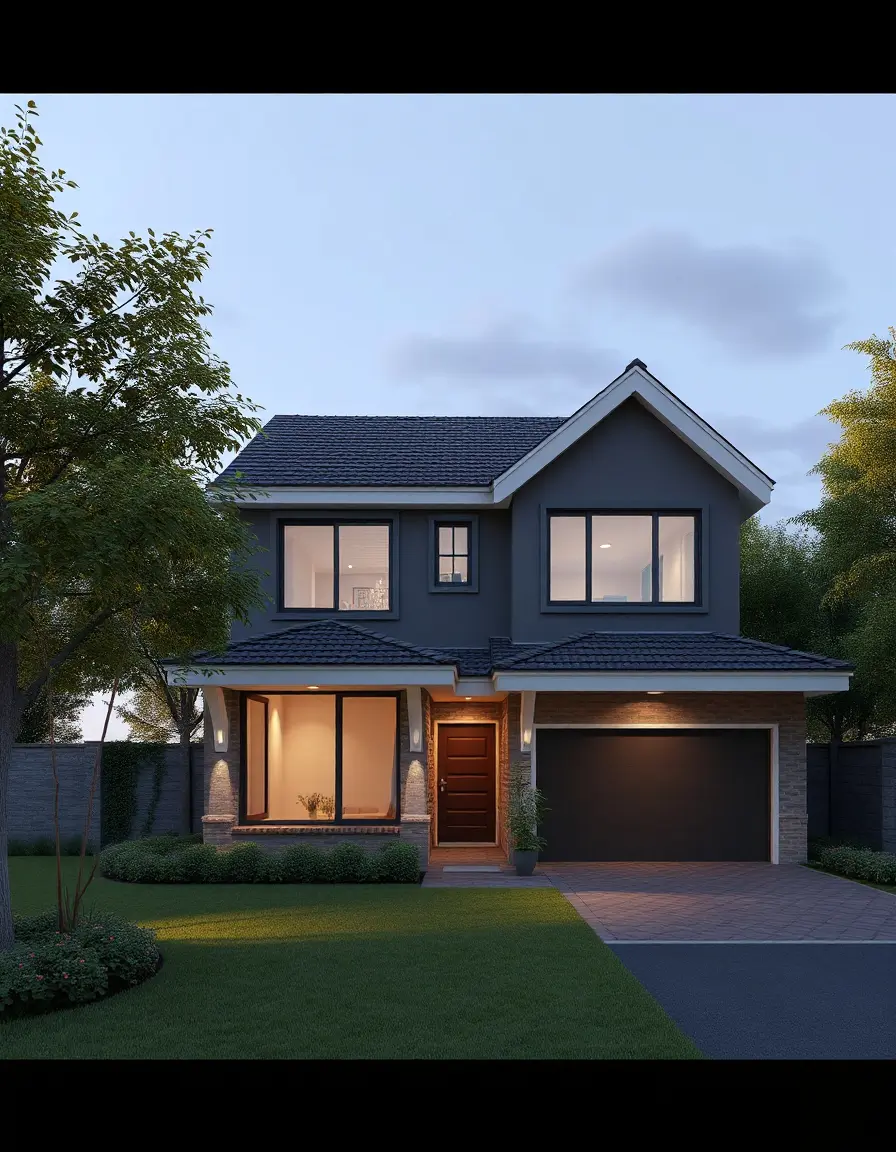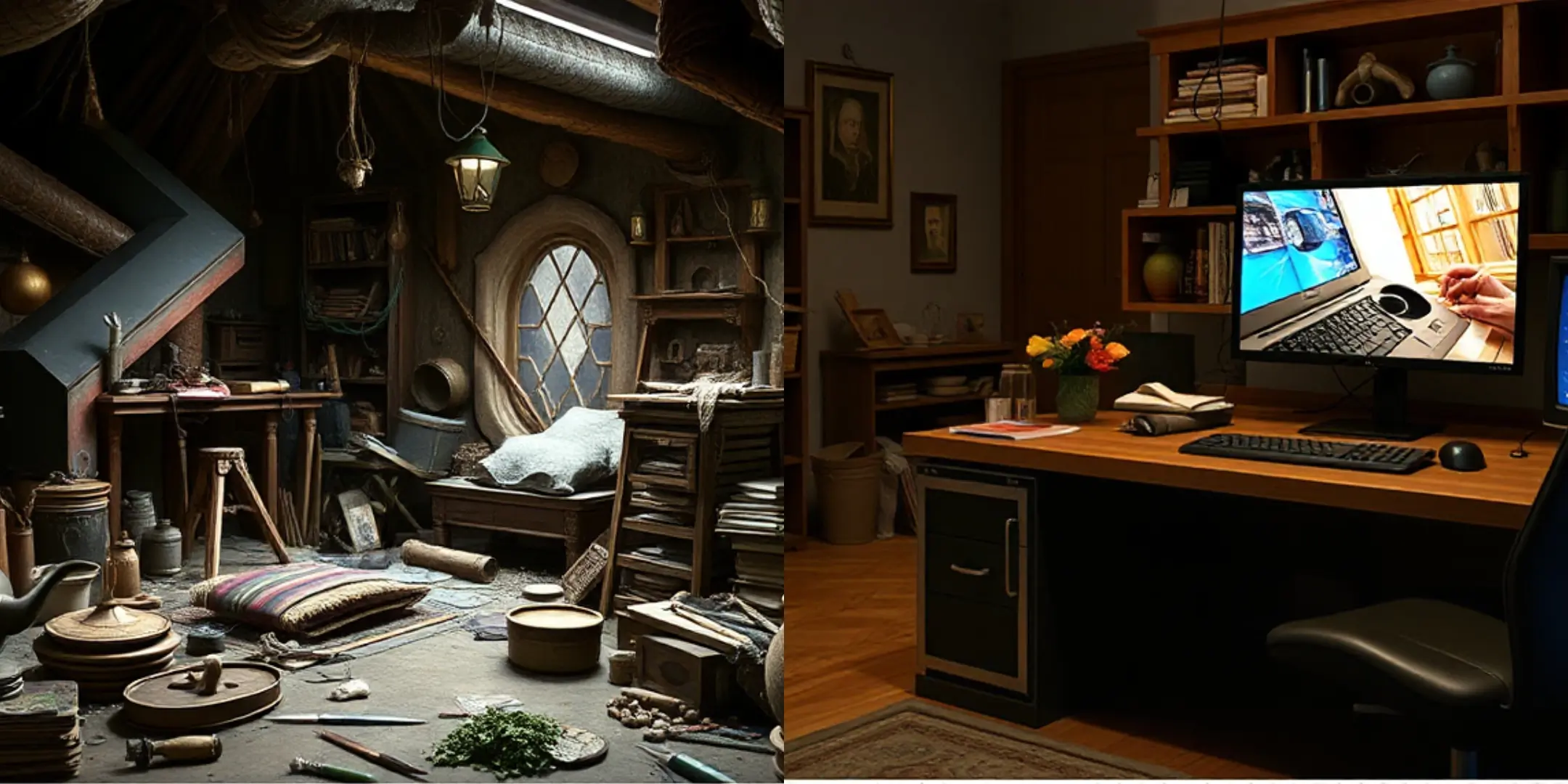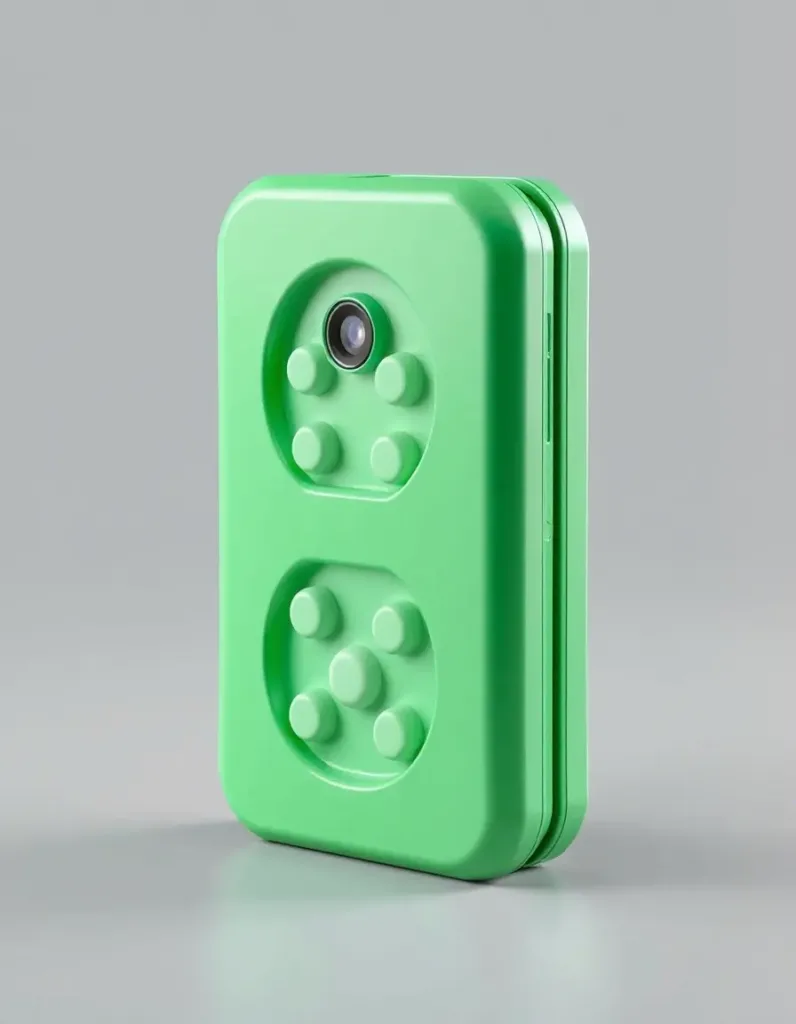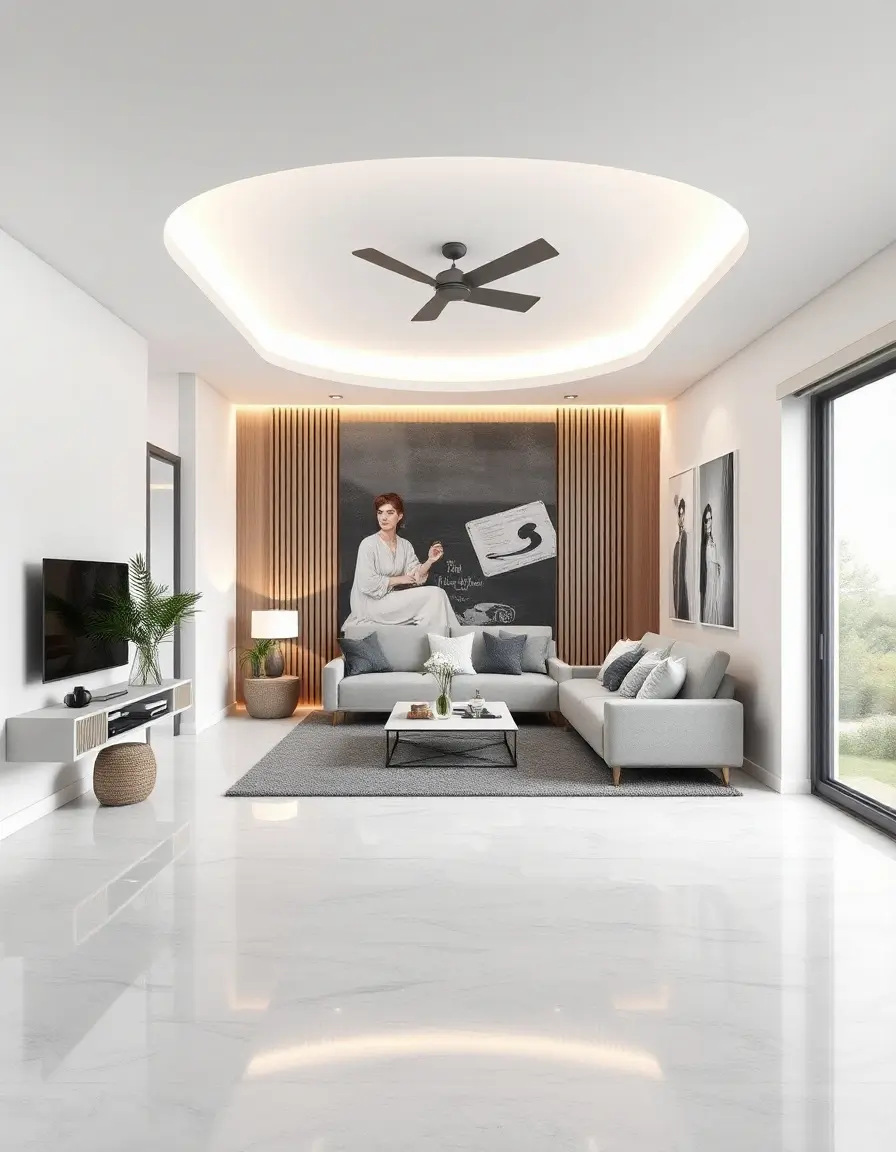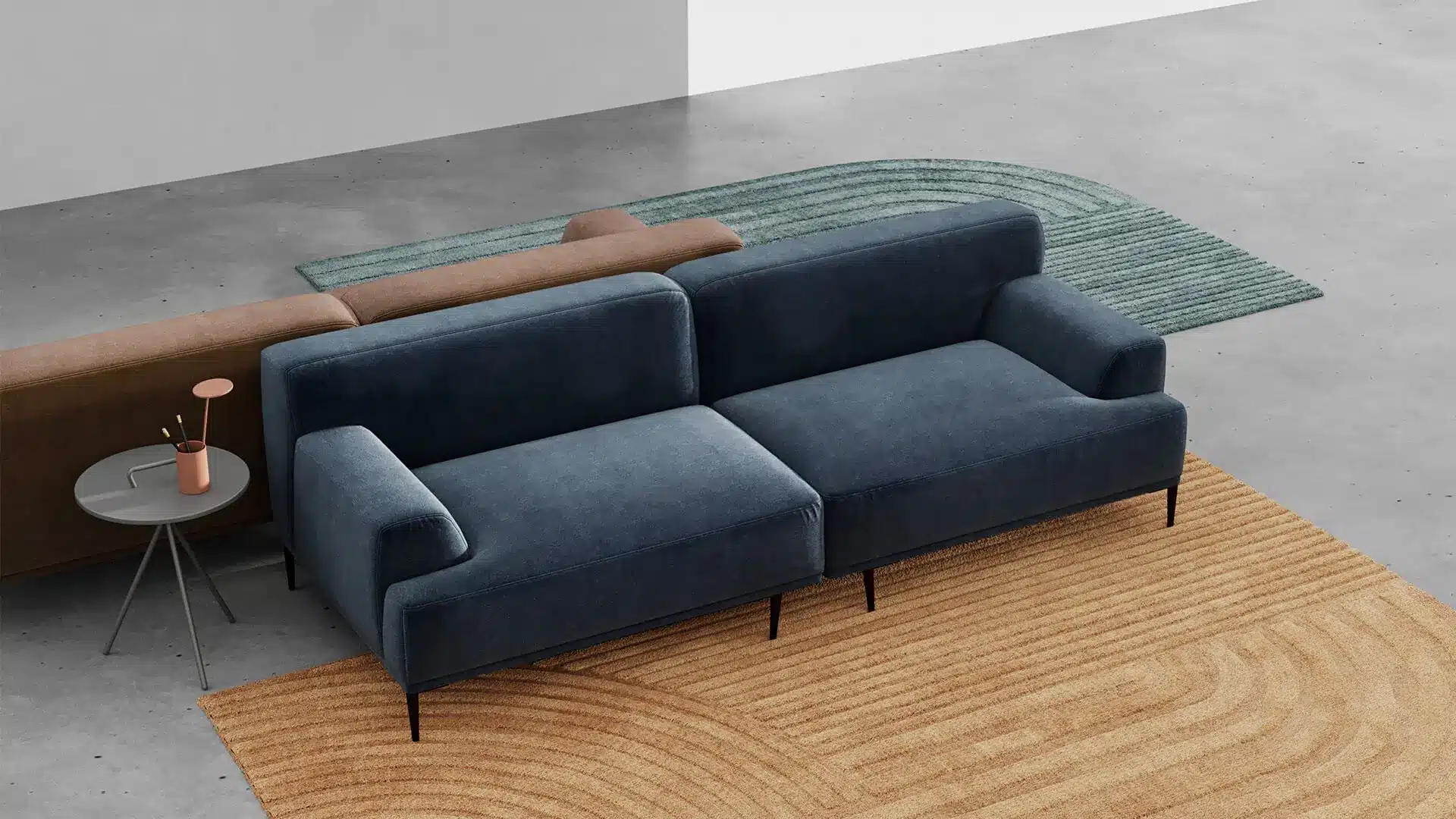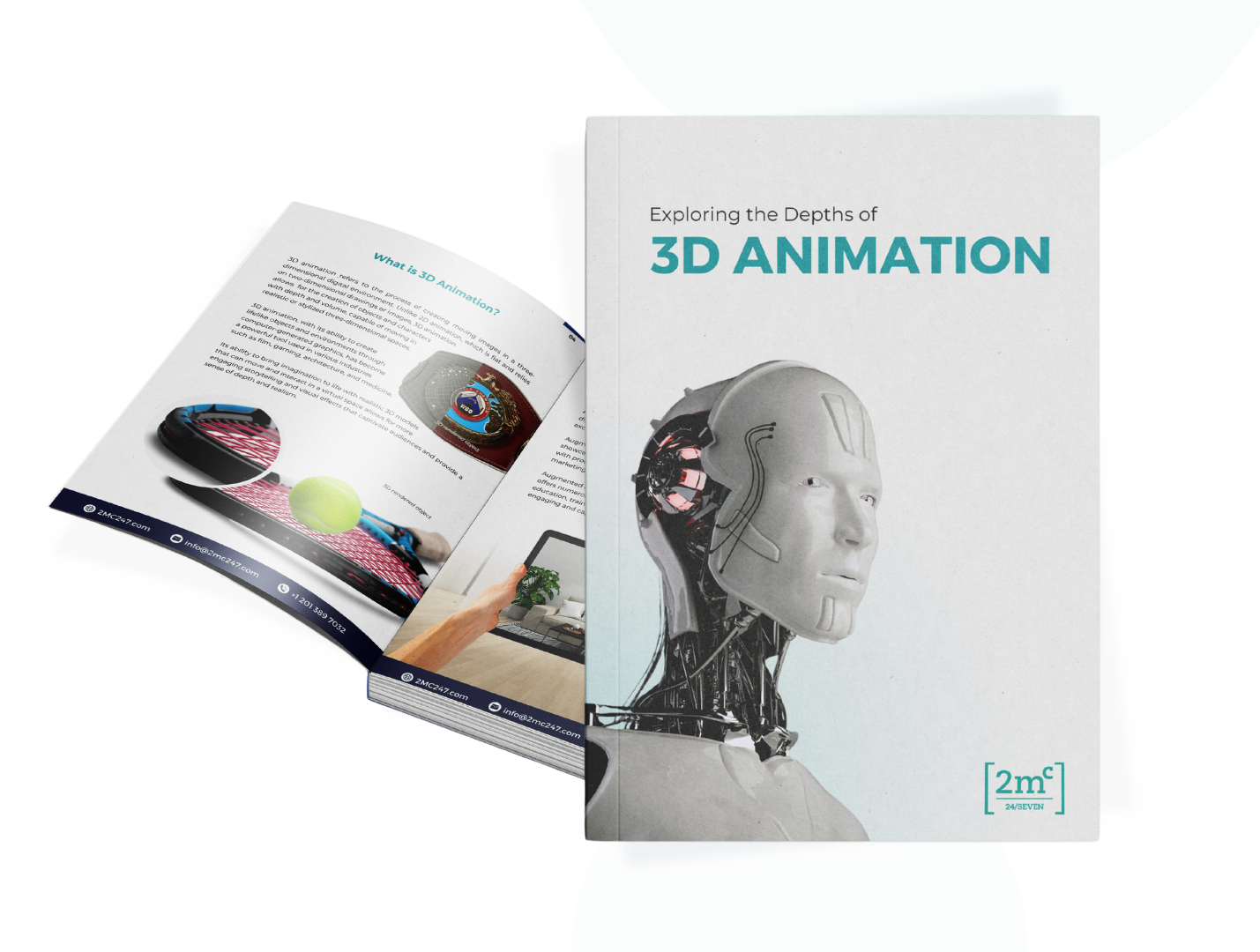In today’s digital-first marketplace, product presentation is everything. Whether you’re selling furniture, electronics, fashion, or consumer goods, high-quality visuals play a crucial role in influencing customer decisions.
For years, 360-degree photography was the go-to method for creating interactive product views, allowing customers to rotate and examine items online. But with advancements in 3D product visualization, brands now have a more flexible, scalable, and cost-effective alternative.
So, which one is better for your business—360-degree product photography or 3D product visualization?
In this blog, we’ll break down the pros and cons of each method, discuss which industries benefit most, and help you determine the best solution for your brand.

What is 360-Degree Product Photography?
360-degree photography involves capturing a series of photos of a physical product from multiple angles. These images are then stitched together into an interactive rotating view, allowing customers to explore the product by dragging or swiping.
Pros of 360-Degree Photography:
✅ Realism – Since photos are taken from actual products, they capture authentic details and textures.
✅ Familiarity – Many e-commerce platforms and consumers are already accustomed to interactive image viewers.
✅ Quick Implementation – If you have the product and a studio setup, you can get high-quality results relatively fast.
Cons of 360-Degree Photography:
❌ High Production Costs – Requires a physical product, professional studio equipment, and photography expertise.
❌ Limited Flexibility – If you need a new color, finish, or customization, you must reshoot the product entirely.
❌ Difficult to Scale – Not ideal for businesses with multiple product variations, as every version needs a separate shoot.
❌ Not Ideal for Pre-Launch Marketing – You can’t showcase products before manufacturing unless you create expensive physical prototypes.

What is 3D Product Visualization?
3D product visualization uses computer-generated imagery (CGI) to create photorealistic 3D models of a product. These models can be rendered from any angle, customized in real time, and integrated into interactive viewers—similar to 360-degree photography but without the limitations of physical shoots.
Pros of 3D Product Visualization:
✅ Highly Cost-Effective – Once a 3D model is created, you can generate unlimited product variations without additional photoshoots.
✅ Ultimate Flexibility – Change colors, materials, lighting, or backgrounds instantly without needing a new physical sample.
✅ Pre-Production Marketing – Showcase products before manufacturing, reducing time-to-market.
✅ AR & VR Compatibility – 3D models can be used for Augmented Reality (AR) and Virtual Reality (VR) shopping experiences.
✅ Scalable for Large Catalogs – A single 3D model can be used to create hundreds of variations, reducing logistics costs.
Cons of 3D Product Visualization:
❌ Initial Setup Investment – Creating high-quality 3D models requires professional CGI expertise.
❌ Learning Curve – Some brands may need guidance on integrating 3D models into their e-commerce platforms.
Head-to-Head Comparison: 3D Visualization vs. 360° Photography
Feature | 360-Degree Photography | 3D Product Visualization |
Realism | High (real product photos) | High (photorealistic CGI) |
Customization | Limited – must reshoot for variations | Unlimited – easily change colors, textures, and lighting |
Cost Efficiency | Expensive – requires a studio and photography | Cost-effective – reusable 3D models |
Time Efficiency | Slow – requires reshoots for every variation | Fast – one model can be modified endlessly |
AR & VR Compatibility | Not compatible | Fully compatible |
Pre-Launch Marketing | Not possible – requires a physical product | Possible – create and showcase products before manufacturing |
Scalability | Difficult for large catalogs | Ideal for brands with multiple SKUs |
E-Commerce Integration | Standard | Advanced – can be used for interactive configurators |
Which Industries Benefit Most from Each Method?
Best for 360-Degree Photography:
✅ Jewelry & Watches – If capturing intricate real-world reflections and metallic surfaces is essential.
✅ Food & Beverages – If customers need to see actual product freshness rather than digital models.
✅ Handmade Products – If no two items are identical and require actual photos for authenticity.
Best for 3D Product Visualization:
✅ Furniture & Home Décor – Customers can explore multiple fabric, color, and size variations instantly.
✅ Apparel & Footwear – 3D visualization is used for virtual try-ons and customizable clothing.
✅ Consumer Electronics – Ideal for displaying internal components and 360-degree views.
✅ Automotive Industry – Customers can configure vehicles in real-time with custom colors and features.
✅ E-Commerce & Retail – Any business with a large product catalog or customizable items benefits from scalable 3D visualization.
Why More Brands Are Choosing 3D Visualization Over 360-Degree Photography
While 360-degree photography is still useful in certain industries, more brands are shifting to 3D visualization due to its flexibility, cost savings, and scalability.
🚀 Why the transition is happening:
- E-commerce competition is increasing, and brands need hyper-realistic visuals that stand out.
- Augmented Reality (AR) and Virtual Try-Ons are growing trends that require 3D models.
- Consumers expect personalization, and 3D configurators allow real-time customization.
- Production costs are lower in the long run compared to traditional photography.
💡 Forward-thinking brands are investing in 3D product visualization now to future-proof their marketing and sales strategies.
Final Verdict: Which One Should Your Business Choose?
📌 If your business needs real-world authenticity and has limited product variations, 360-degree photography is still a viable option.
📌 If your brand wants scalability, flexibility, and immersive digital experiences, 3D product visualization is the smarter long-term investment.
For most e-commerce businesses, manufacturers, and brands looking to stay competitive, 3D product visualization offers greater efficiency, better customer engagement, and a higher return on investment.
Unlock the Power of 3D Product Visualization with 2MC 24/Seven
At 2MC 24/Seven, we specialize in high-quality 3D product visualization that helps brands create:
✔ Photorealistic 3D product models for e-commerce, marketing, and digital catalogs.
✔ Interactive 3D configurators that let customers personalize their selections in real time.
✔ AR & VR-ready models for next-generation online shopping experiences.
✔ Cost-effective, scalable solutions that reduce dependency on expensive product photography.
📢 Want to future-proof your product marketing? Contact 2MC 24/Seven today and discover how 3D visualization can transform your business!
